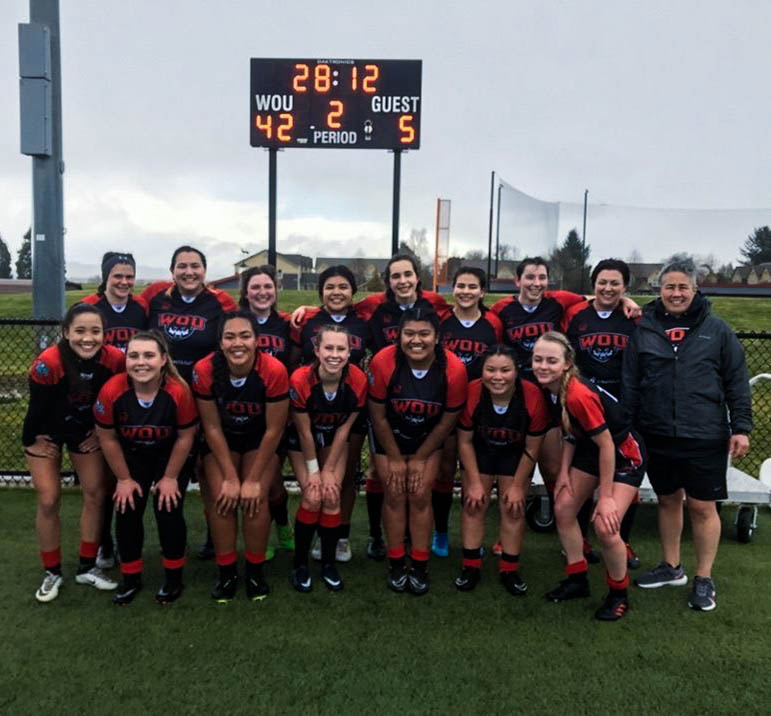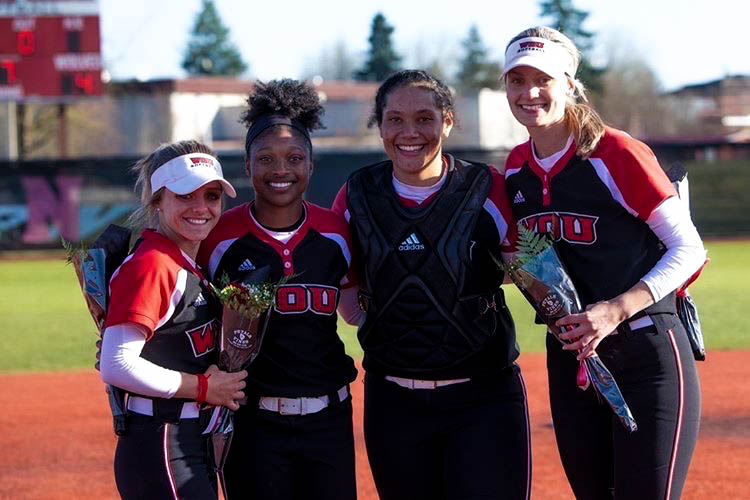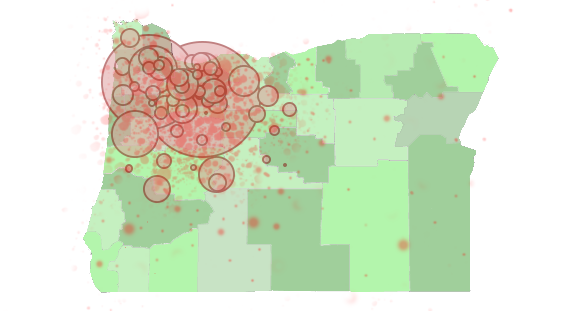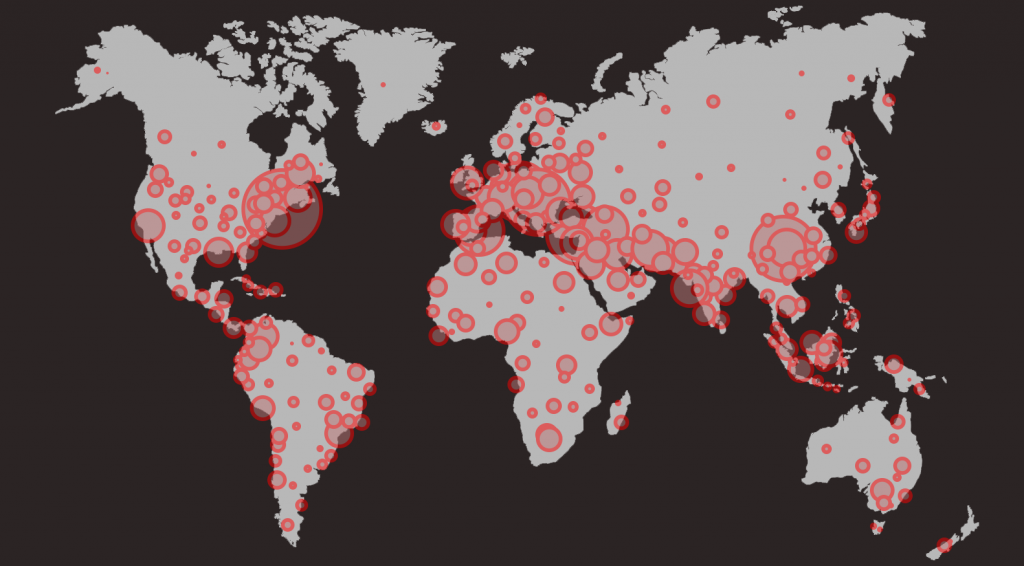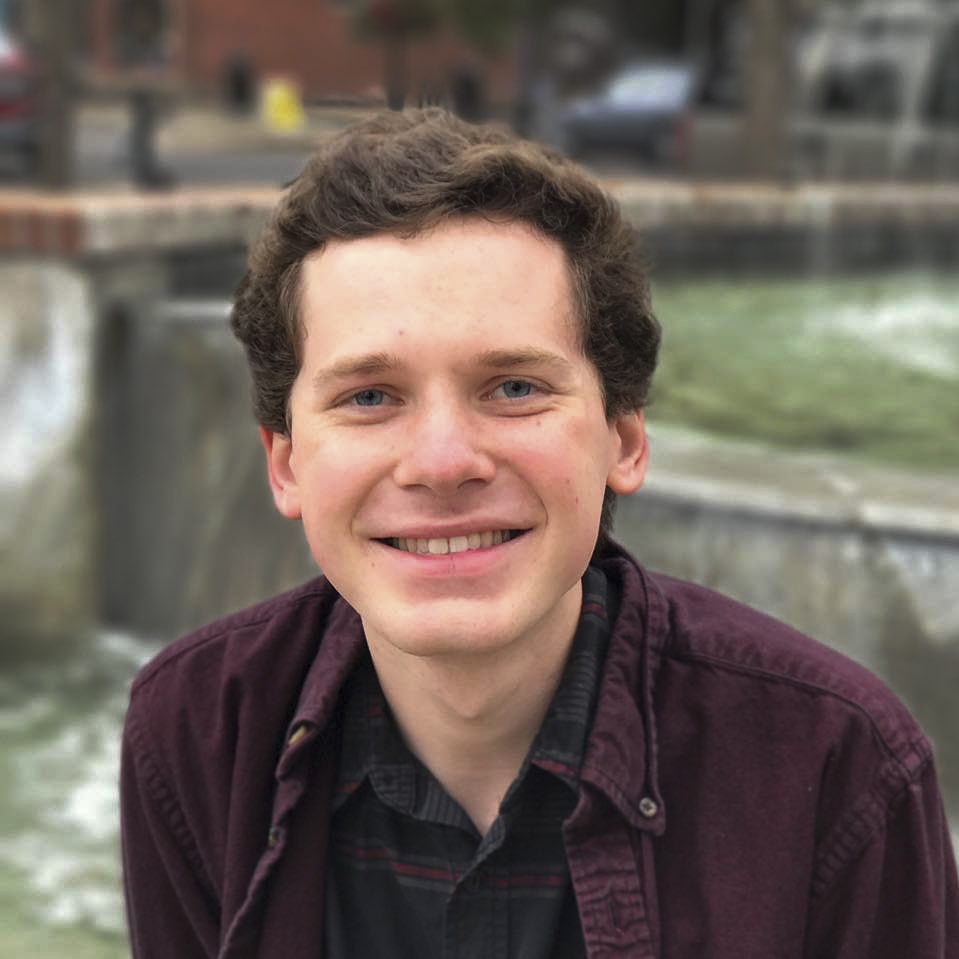Caity Healy | Managing Editor

Christina Carney, Women’s Rugby
Senior, Early Childhood Studies
When and how did you find out your season was coming to an abrupt end?
I kind of figured our season was coming to an end once the governor announced that no more than 250 people can gather together, and it just started going down from there. I am also friends with one of the OSU rugby girls, and she informed me that the rest of their season was cancelled, so I kenw Western would be soon. Then, my coach officially confirmed that championships was cancelled, and that’s when I told myself, “Wow! My college rugby career is over.” I had hoped that championships would at least happen because my team and I were preparing for it and excited for this last game with the seniors.
What was your reaction? How did your team react?
My first reaction was that I was shocked. I could not believe that my last college rugby game would be taken from me. For my team, I could tell that they were sad, as well. On championship day, a teammate even said, “today would have been a lot better if we were playing rugby,” and it made me tear. But, as captain, I reminded them that we had an awesome season and I wouldn’t have wanted to spend my senior year playing rugby with any other team.
How do you think this will impact your team for next year?
I think my team will be impacted in the sense that they need to play every game like it’s their last. No one expected this abrupt end, so I believe they will want to play every game to their fullest with no regrets in the coming years.
How do you feel about your season overall?
Overall, this season was awesome. I had the best teammates, the best positivity, the best bonds and lots of champions. Everyone did so amazing and stepped up during practices and games. There was so much support and I am so proud of all of us.
Anything you’d like to add?
If my teammates are reading, and other athletes, I would like them to know that they should play every game like it’s their last, because you never know if that is your last game. Also, for people wanting to join a sport, rugby is the sport. I promise, you will never be on a team so welcoming. So many students had joined rugby and just absolutely loved it. Loved the community, the welcome, the team, and ends up falling in love with rugby. Go Wolves!

Kennedy Coy, Softball
Senior, Community Health Major
When and how did you find out your season was coming to an abrupt end?
We found out on March 12. We had a home game schedule that day against MSUB. We had won our first game, and we were feeling really good for the second. During our break in between games is when our coach told us. Sarge said that this next game was gong to be our last one for a while.
What was your reaction? How did your team react?
I was in shock at first. It took me a few minutes to process what was happening. When I realized that the next game was very well going to b e my last, there was a lot of tears. I hugged my teammates and as a whole we took some time to gather our thoughts. We tried to keep the mentality of, “Hey, we have one more game. We aren’t done, so let’s finish strong.” It was a really emotional game, but we played well and ended up winning. During the second game, someone thought to go get flowers for us seniors, and at the end, we had a short, make-shift senior night. It was a really hard day because none of us knew what was going to happen.
How do you think this will impact your team for next year?
I think that the next year is going to be something really special. Not just for our program, but for teams across the country. We all had something that we love, something that we worked really hard for, ripped away from us without warning. I think that next year, no one will take a single day for granted. We are going to have to work hard, but I know that people will be happy they get the chance to!
How do you feel about your season overall?
It’s hard to judge our season overall because we had so little of it. In our preseason, we learned a lot and we were headed in the right direction! We had to overcome a lot of injuries and other obstacles in the preseason, but as a group we were just getting started. I’m really proud of this team, we had to work with smaller numbers this year, but people were stepping up to fill spots and get the job done! Even though our season was short, we have a lot to be proud of.
Anything you’d like to add?
If I were to add anything, it would be a huge thank you to our coaches, trainers, and the rest of the athletic department. WOU athletes are blessed with an incredible support system. This is scary right now, but I can’t wait to see what’s in store for WOU.
Contact the author at chealy16@wou.edu
Photo courtesy of Christina Carney
Photo courtesy of Brian Kortz



